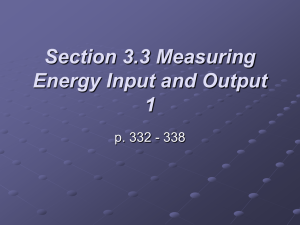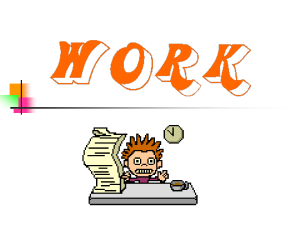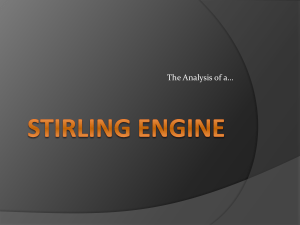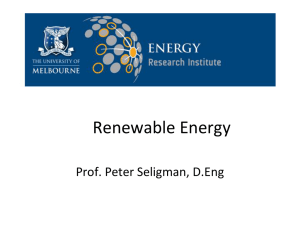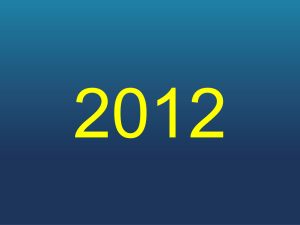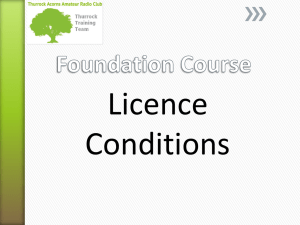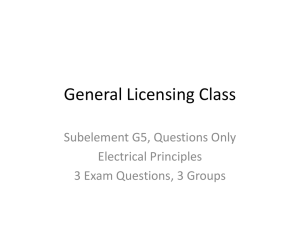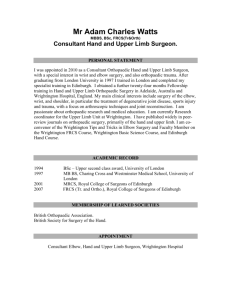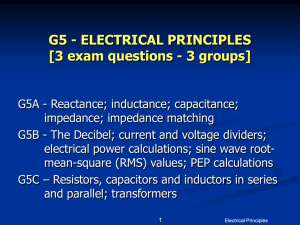RF Safety
advertisement
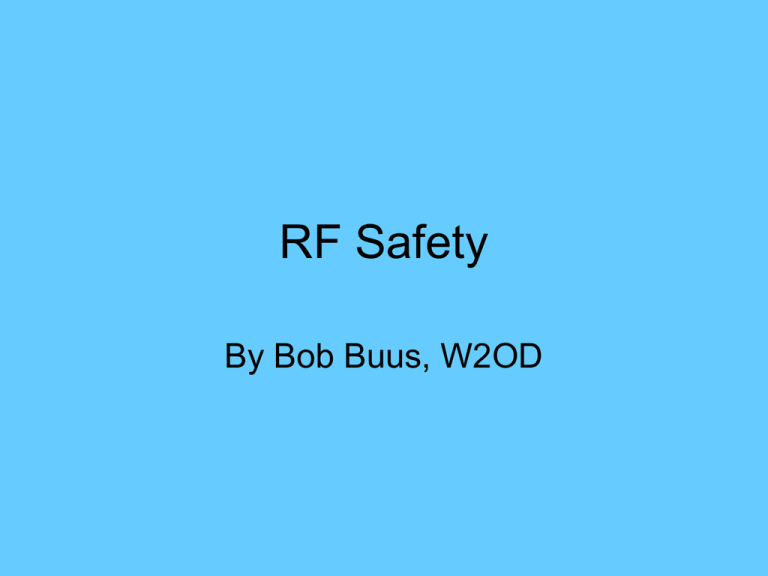
RF Safety By Bob Buus, W2OD Certification 6) • Amateur Applicant/Licensee certifies that they have READ and WILL COMPLY WITH Section 97.13(c) of the Commission’s Rules regarding RADIOFREQUENCY (RF) RADIATION SAFETY and the amateur service section of OST/OET Bulletin Number 65. – FCC Form 605 Section 97.13(c) • • • Before causing or allowing an amateur station to transmit from any place where the operation of the station could cause human exposure to RF electromagnetic field levels in excess of those allowed under § 1.1310 of this chapter, the licensee is required to take certain actions. (1) The licensee must perform the routine RF environmental evaluation prescribed by § 1.1307(b) of this chapter, if the power of the licensee’s station exceeds the limits given in the following table: (2) If the routine environmental evalation indicates that the RF electromagnetic fields could exceed the limits contained in § 1.1310 of this chapter in accessible areas, the licensee must take action to prevent human exposure to such RF electromagnetic fields. Further information on evaluating compliance with these limits can be found in the FCC’s OET Bulletin Number 65, “Evaluating Compliance with the FCC Guidelines for Human Exposure to Radiofrequency Electromagnetic Fields.” Wavelength Band Evaluation required if power (watts) exceeds 160 m 500 80 m 500 75 m 500 40 m 500 30 m 425 20 m 225 17 m 125 15 m 100 12 m 75 10 m 50 VHF 50 70 cm 70 33 cm 150 23 cm 200 13 cm 250 SHF 250 EHF 250 Repeater stations 500 W ERP § 1.1310 Limits for MPE Limits for Occupational/Controlled Exposure over 6 minute average Frequency, Mhz 0.3-3.0 3.0-30 30-300 300-1500 1500-100,000 E Field, V/m 614 1842/f 61.4 H Field, A/m 1.63 4.89/f 0.163 Pwr. Den. mW/cm2 100 900/f2 1.0 f/300 5.0 Limits for General Population/Uncontrolled Exposure over 30 minute average Frequency, Mhz 0.3-3.0 3.0-30 30-300 300-1500 1500-100,000 E Field, V/m 614 824/f 27.5 H Field, A/m 1.63 2.19/f 0.073 Pwr. Den. mW/cm2 100 180/f2 0.2 f/1500 1.0 The Human Body Heat Engine • Absorption of RF Power causes heating • Specific Absorption Rate (SAR) Watts/kg • A SAR produces same heating regardless of frequency • A human at rest produces about 1 Watt/kg • A SAR of 4 W/kg will raise tissue temp. 1 degree – same as a brisk walk • Avg. 4 W/kg or PK 20 W/kg in limbs safe. Living Human Properties • The human body is a marvel at regulating its internal temperature through blood circulation and perspiration. • Sperm in the testes are very temperature sensitive. • The lens of the eye lacks blood flow to keep it cool. If “cooked” at high temperature, cataracts will form. RF Field Strength • Electric E Field is in Volts per meter • Magnetic H Field is in Amperes per meter • Power Density, S is Watts per square meter • S=ExH = E2/377 = 377 H2 Watts/sq. meter • 10 Watts/sq. m = 1 milliwatt/sq. cm • For a point source, S = Power / 4πd2 Field Strength Examples • For a point source, S = Power / 4πd2 Eff. Rad. Power 1250 Watts 125 watts 125 watts 125 Watts Distance, d 1.0 Meter 1.0 meter 0.1 meter 10 Meters Strength, S 10 mW/sq. cm 1 mW/sq. cm 100 mW/sq. cm .01 mW/ sq. cm Conversion from SAR to RF Field Strength • Exposing a human body to 10 mW/sq. cm • Frequency of maximum absorption (about 70 mHz) • Localized SAR values • Average SAR is 1.88 W/kg • From Proc. IEEE 68:27, 1980 FCC Requirements • Most stringent between 30 and 300 MHz • 20 mW/sq. cm deemed safe • Controlled Environment less than 1 mW/ sq. cm (factor of 20) • Uncontrolled Environment less than 0.2 mW/sq. cm (factor of 100) • Evaluation must be done if output power exceeds 50 Watts at these frequencies. Must do Evaluation if Power Exceeds • • • • • • • • • • • • 500 watts below 10 MHz 425 watts on 30 meters 225 watts on 20 meters 125 watts on 17 meters 100 watts on 15 meters 75 watts on 12 meters 50 watts on 10 meters and at VHF 70 watts on 70 cm 150 watts on 33 cm 200 watts on 23 cm 250 watts above 2 gHz 500 watts ERP for repeaters on all bands Evaluation Procedure • Limits of 1.1310 vary with frequency so you must evaluate for each frequency band you plan to use • Controlled exposure limits are 5 times the Uncontrolled exposure limits • Controlled exposure averaging time is 6 minutes • Uncontrolled exposure averaging time is 30 minutes Duty Cycle Advantage • If we listen as much as we talk, the transmitter is on only 50% of the time • For FM, PSK, and TTY, PEP is average transmitting power • For CW, because of spaces between dots and dashes, average xmit power is 0.5 PEP • For SSB with speech processing, the average power is about 0.2 PEP Typical Duty Cycles Duty Cycle Modulation Avg./PEP Talk/Listen FM 1.0 0.5 PSK/TTY 1.0 0.5 CW 0.5 0.5 AM 0.3 0.5 SSB 0.2 0.5 Packet 1.0 0.1 Radiated Power Calculation • • • • • • • Average Radiated Power (6 or 30 min) = PEP output power (watts) Reduced by transmission line loss Times antenna gain Times ground reflection gain Reduced by Average/PEP ratio Reduced by Duty Cycle ratio Final Calculation • Must determine how far away you must be from the antenna to meet the FCC requirements for both the controlled and uncontrolled environments • Using simple 1 / 4πd2 gives conservative results. More complicated NEC analysis will permit higher power and/or closer distances To Run RF Safety Program • Run rfsafety.exe • Input Call • Change any or all of the defaults by selecting from drop-down menu or typing a numeric value followed by “enter”. • Click “Calculate” and distance results are given for controlled and uncontrolled • Clicking “Print” will give hard copy. THE END
